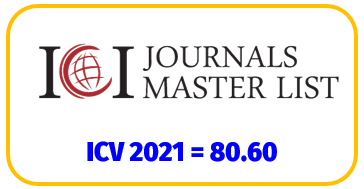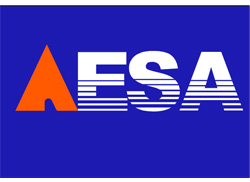Relationships between motor skills and results of 200 m sprints
DOI:
https://doi.org/10.30472/aesj.v5i2.243Keywords:
high school students, motor skills, short sprint, relationsAbstract
The research was conducted on a sample of 80 high school students in Novi Pazar and Kraljevo, aged 16 and 17 (± 6 months). The aim of the research is to determine statistically significant canonical relations between motor abilities and 200 m running results. 12 tests were used to assess motor abilities, three tests each: explosive power, segmental speed, repetitive power, and flexibility. By applying canonical correlation analysis, results were obtained to confirm that there are statistically significant relationships between motor skills and 200 m sprints at the level of (p< .000). Strength assessment variables: squats, mixed pull-ups and triple jumps from the place are most closely related to the 200 m sprints criterion variable. Based on the obtained results, the choice of means and methods of work, intensity and scope of exercise, determination of the content and methodology of monitoring and control of the effects of potential athletes in the training process.
Downloads


















